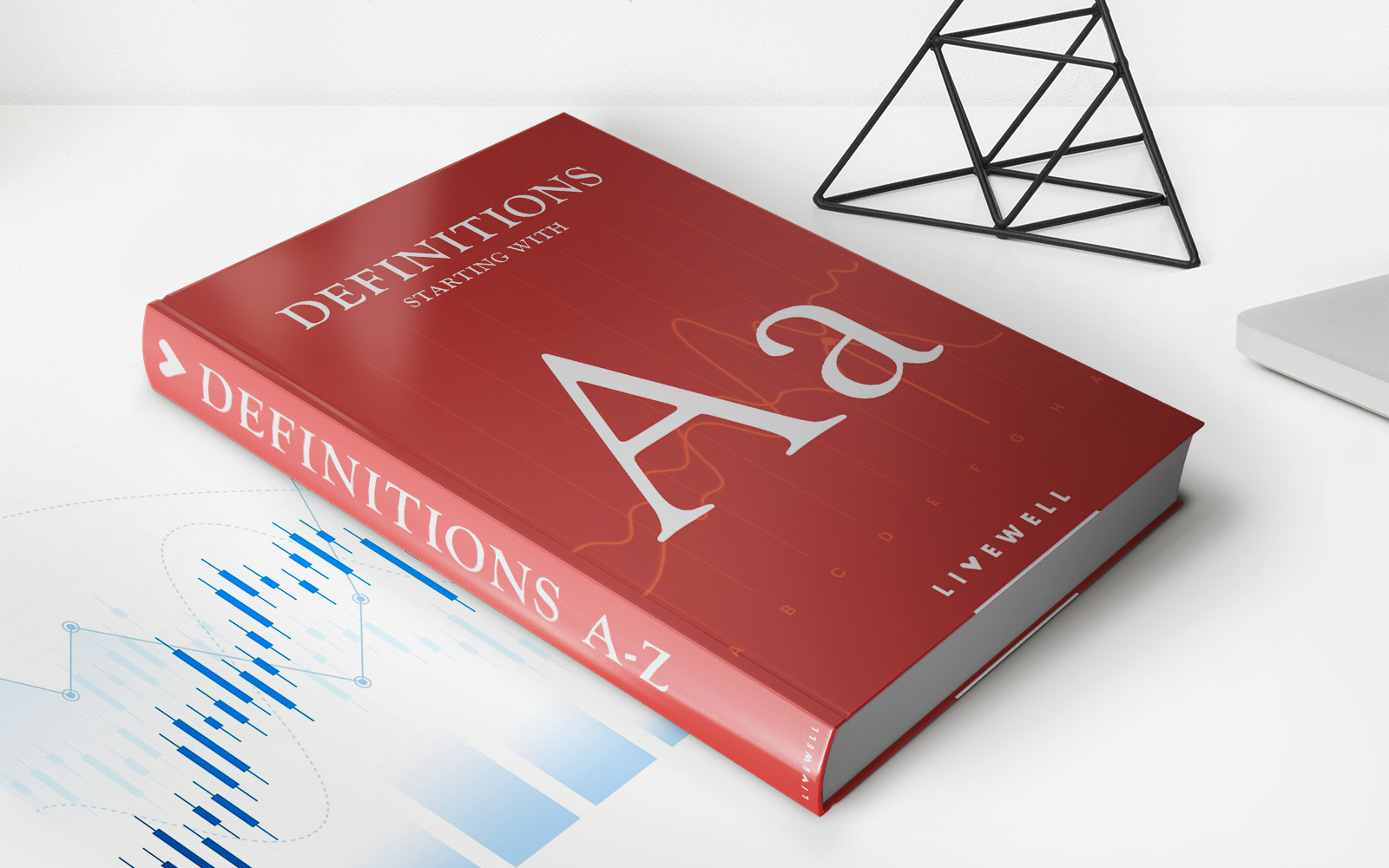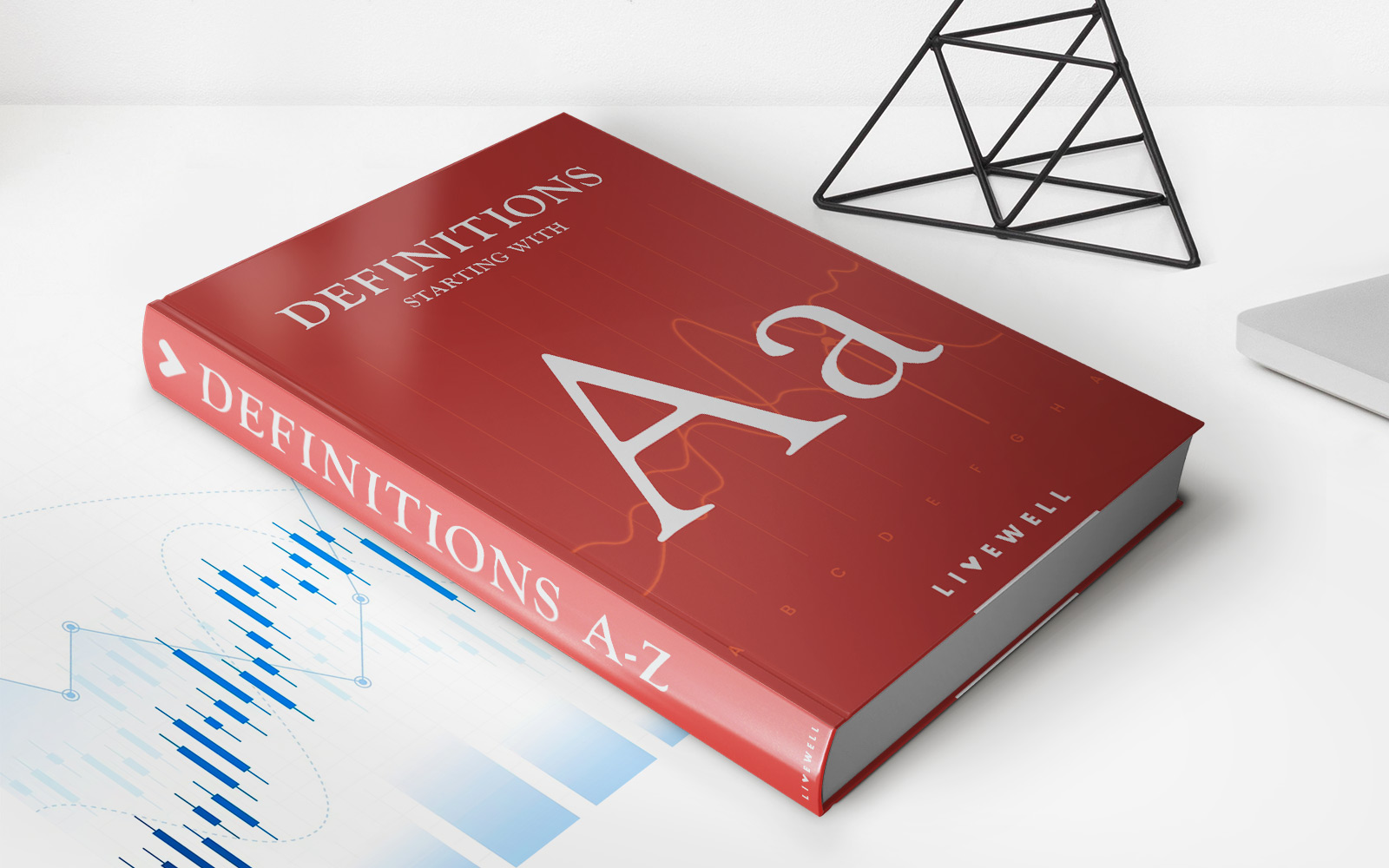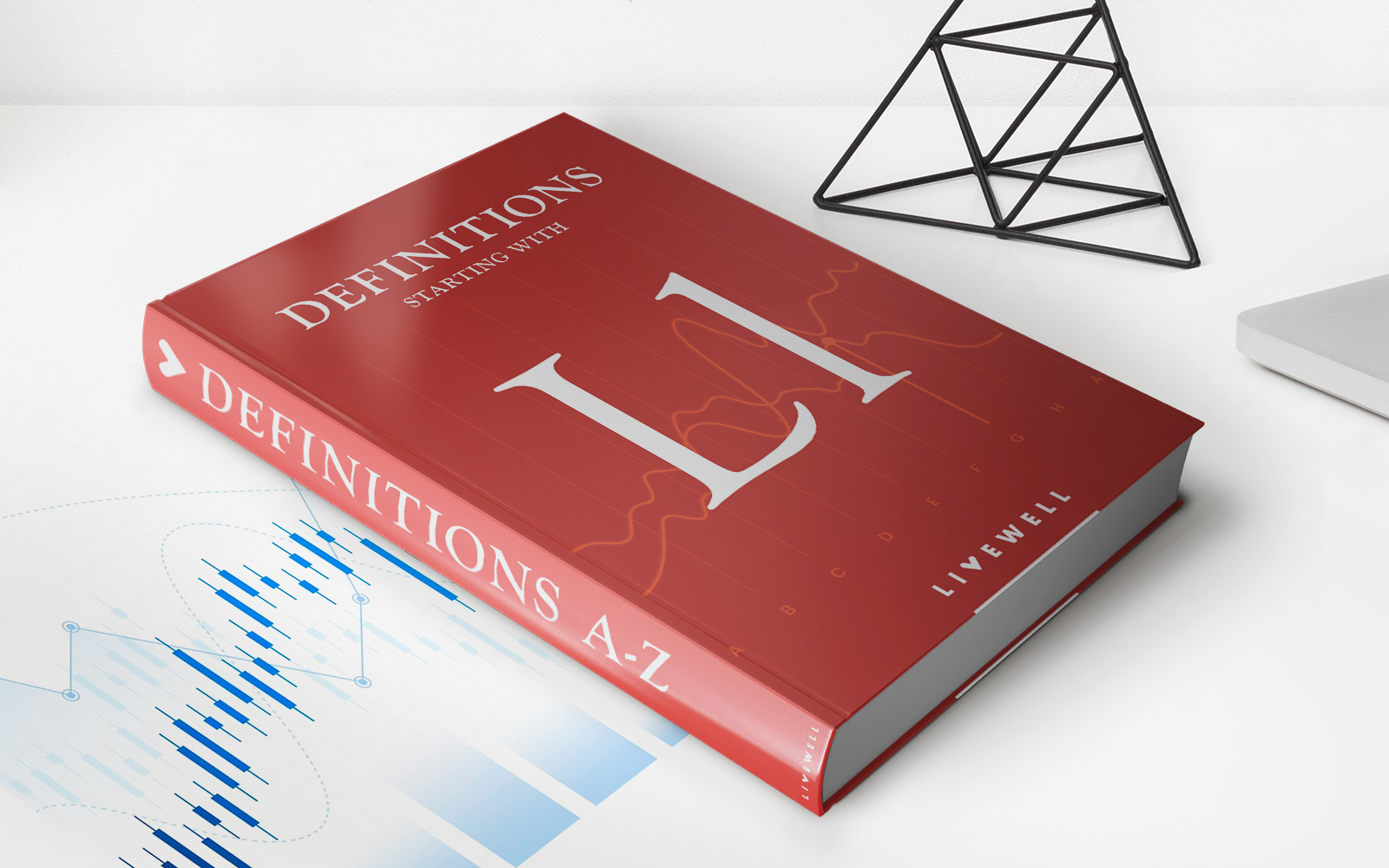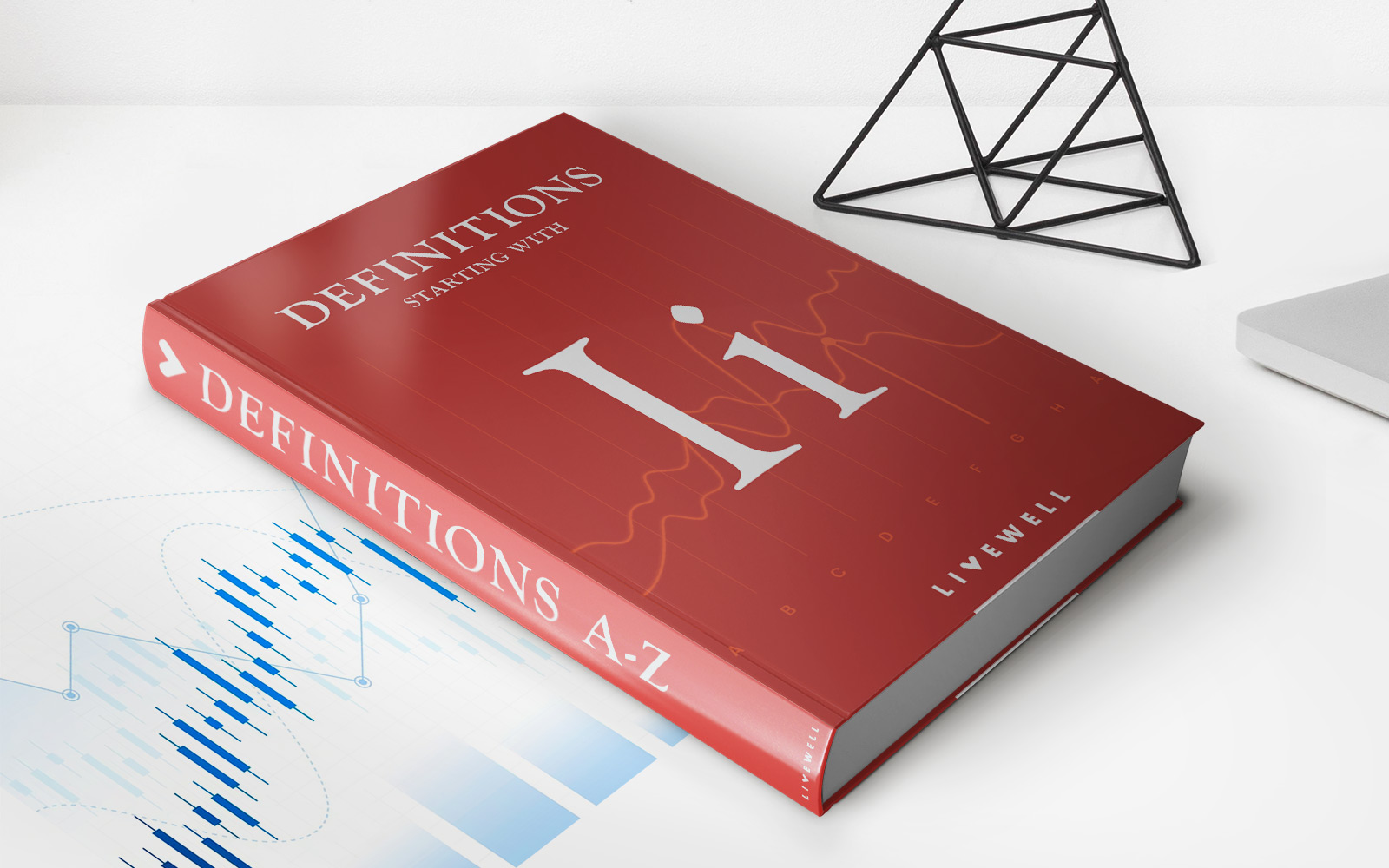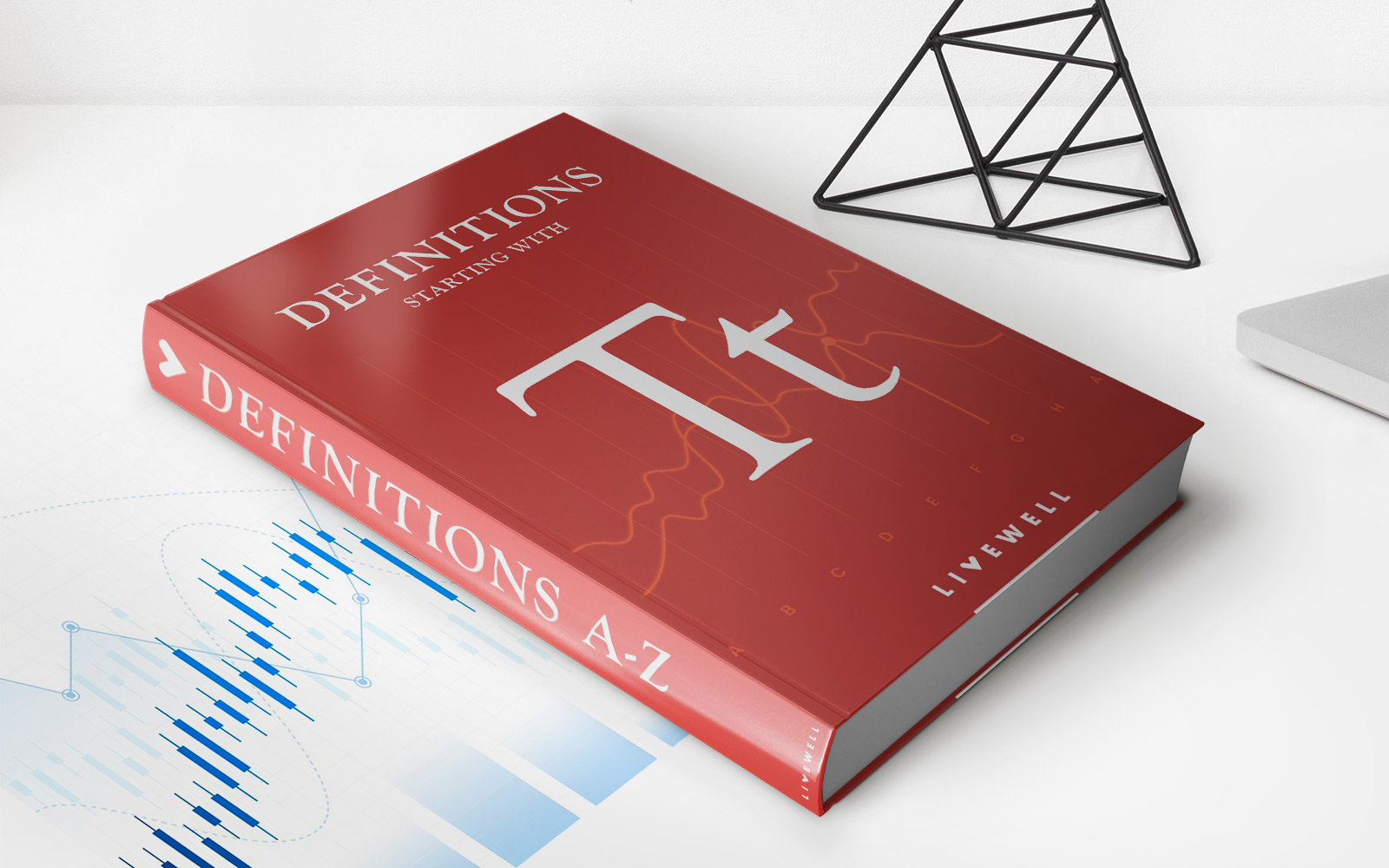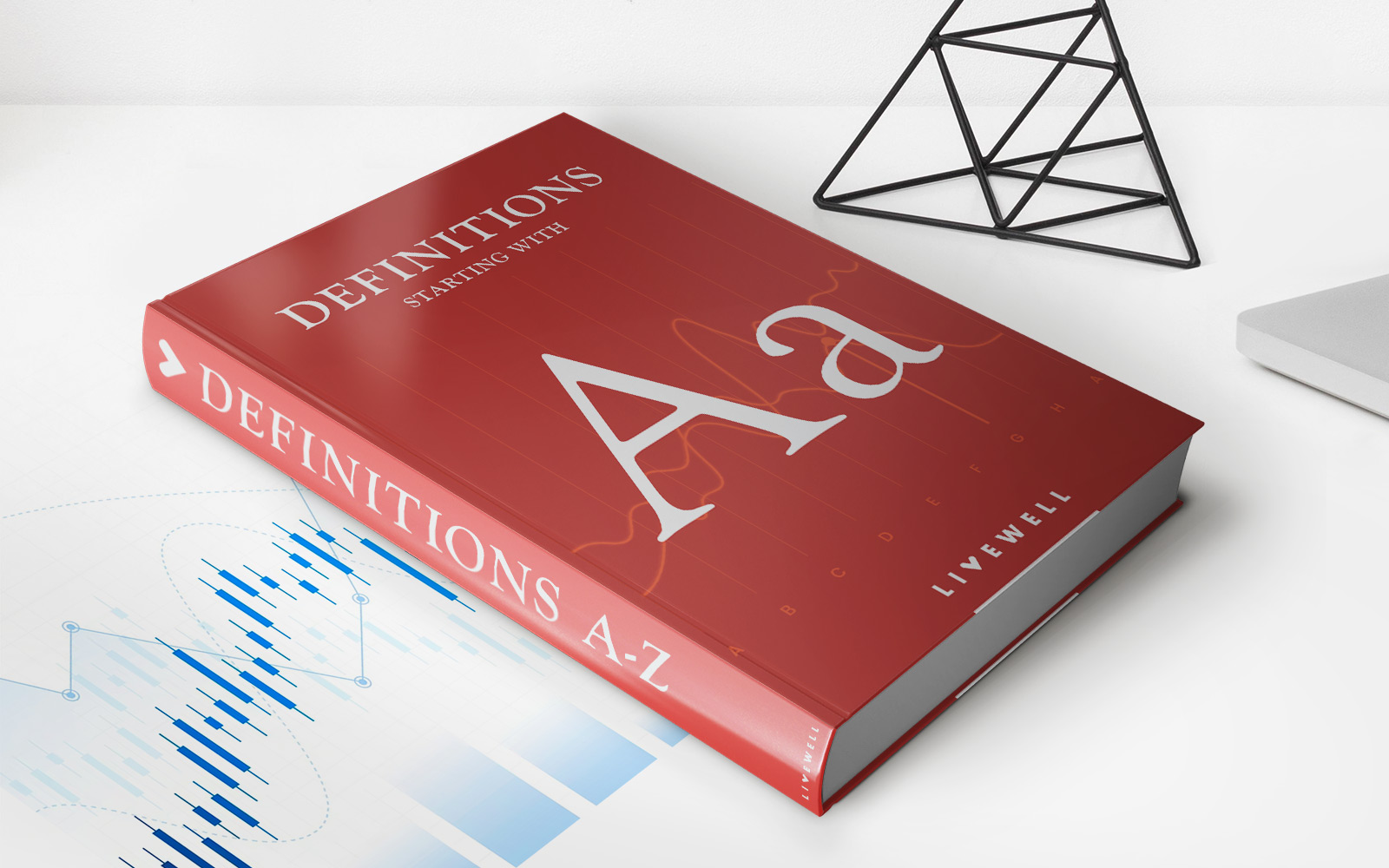Home>Finance>Cascade Tax: Definition, Examples And Alternatives
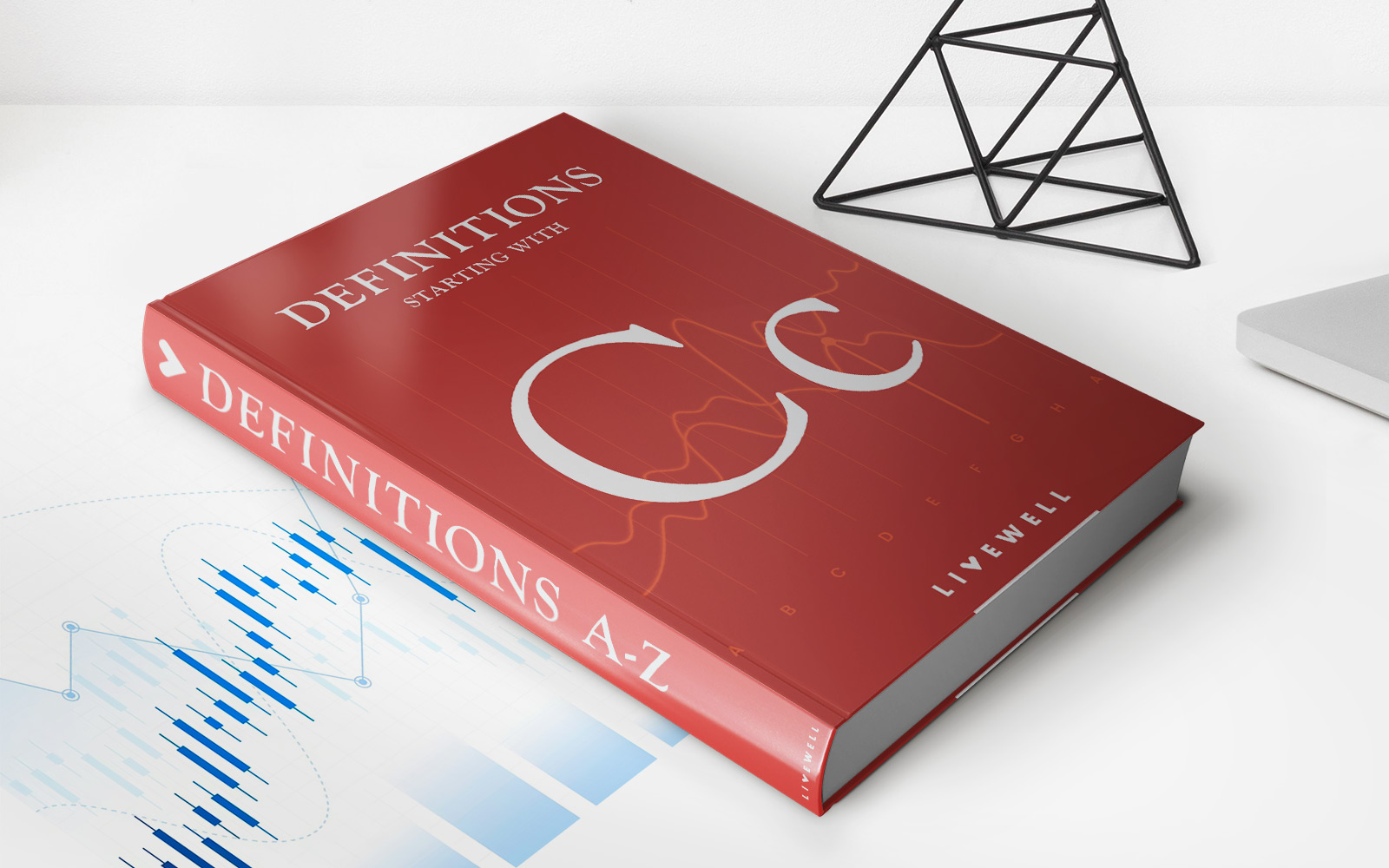

Finance
Cascade Tax: Definition, Examples And Alternatives
Published: October 24, 2023
Learn about Cascade Tax in finance, including its definition, examples, and alternative strategies. Gain a deeper understanding of how Cascade Tax impacts your financial decisions.
(Many of the links in this article redirect to a specific reviewed product. Your purchase of these products through affiliate links helps to generate commission for LiveWell, at no extra cost. Learn more)
Understanding Cascade Tax: Definition, Examples, and Alternatives
Are you familiar with the concept of cascade tax? If not, don’t worry. In this article, we will explore what cascade tax is, provide examples to help you understand it better, and discuss some alternatives to this type of tax. Whether you are a finance professional or simply curious about different tax systems, this blog post will provide you with valuable insights.
Key Takeaways:
- Cascade tax is a type of tax levied at multiple stages of production or distribution, resulting in the total tax burden being passed on to the end consumer.
- Unlike other forms of taxation, cascade tax can lead to higher prices for the end consumer and potential disruptions in the supply chain.
What is Cascade Tax?
Cascade tax is a specific type of tax structure that is levied at multiple stages of production or distribution. In this system, the tax is not imposed on the final product or service, but rather at each stage of the production or distribution process. The tax burden increases as the product or service moves through different stages, resulting in a cumulative effect on the final price.
Let’s take a hypothetical example to illustrate this concept. Imagine a product that goes through three stages of production – raw material acquisition, manufacturing, and retail. If a cascade tax of 10% is imposed at each stage, the end consumer will ultimately bear the burden of a 30% tax on the final price of the product. This is because the tax is passed on from one stage to the next, accumulating along the way.
Examples of Cascade Tax:
To further understand how cascade tax works, let’s look at a couple of examples:
- Value Added Tax (VAT): VAT is a common form of cascade tax used in many countries. It is applied at every step of the production and distribution process, from raw material acquisition to the final sale. The tax is computed on the value added at each stage, thus increasing the overall cost of the product or service. The burden of VAT is ultimately passed on to the end consumer.
- Gross Receipts Tax: Another example of a cascade tax is the gross receipts tax, which is imposed on businesses at various stages of their operation. This tax is based on the total revenue generated by a business, rather than the profit. As a result, the tax burden is passed on to consumers through higher prices.
Alternatives to Cascade Tax:
While cascade tax is commonly used in some tax systems, there are alternatives that governments can consider:
- Direct Taxation: Governments can opt for direct taxation, where taxes are imposed on individuals or businesses based on their income or profits. This approach ensures that the tax burden is more evenly distributed and does not accumulate at each stage of production or distribution.
- Flat Tax: Another alternative is the implementation of a flat tax, where the same tax rate is applied to all income levels. This simplifies the tax system and reduces the potential for cascade effects that burden the end consumer.
In summary, cascade tax is a type of tax system that imposes taxes at multiple stages of production or distribution. It can lead to higher prices for consumers and potential disruptions in the supply chain. Governments have alternatives such as direct taxation or implementing a flat tax, which provide a fairer distribution of the tax burden. Understanding the concept of cascade tax and its alternatives can help individuals and businesses navigate the complexities of the tax system more effectively.

